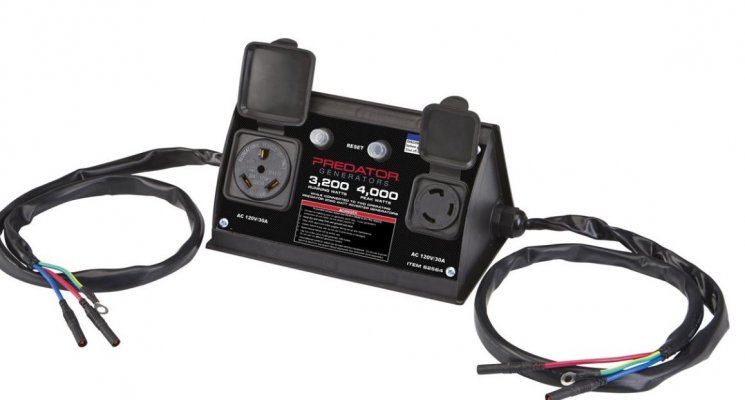Both Honda and Predator simply parallel the inverter outputs to sync together. They even use similar shielded banana plugs to tie the output from each generator to the combined outlet. The first generator to start puts voltage across the second generator's output, then when the second one is started it syncs itself to the first. So from that standpoint there's no difference between the Honda and Preditor.
Of more concern is the voltage coming out of each generator, the two have to precisely track each other as a load is added or, like two mismatched batteries, the one with the higher voltage will wind up doing most of the work.
I have no idea of how the Honda and Preditor voltage vs. current curves compare to each other, but since they're designed and built by different companies, there's a good chance they aren't identical.
Whether they're close enough to be usable, all you can do is try it. Since these are both inverter generators and both are designed to sync to voltage applied to their output terminals, either they will work together, sharing the load equally between them, or they won't. If they don't coexist, all that will happen is one generator will pick up most of the load while the other one loafs. Worst case, the harder working generator will overload and shut down before the second one has a chance to pick up part of the load.
Don't try syncing either of these with a conventional generator or you'll get lots of noise and smoke. Both generators have to be designed for plug and play synchronous operation to have a hope of working together.
Before someone knitpicks, you can parallel two conventional generators, but it's tricky and takes specialized equipment and skill to do it properly. Do it wrong, and it will destroy both generators.


